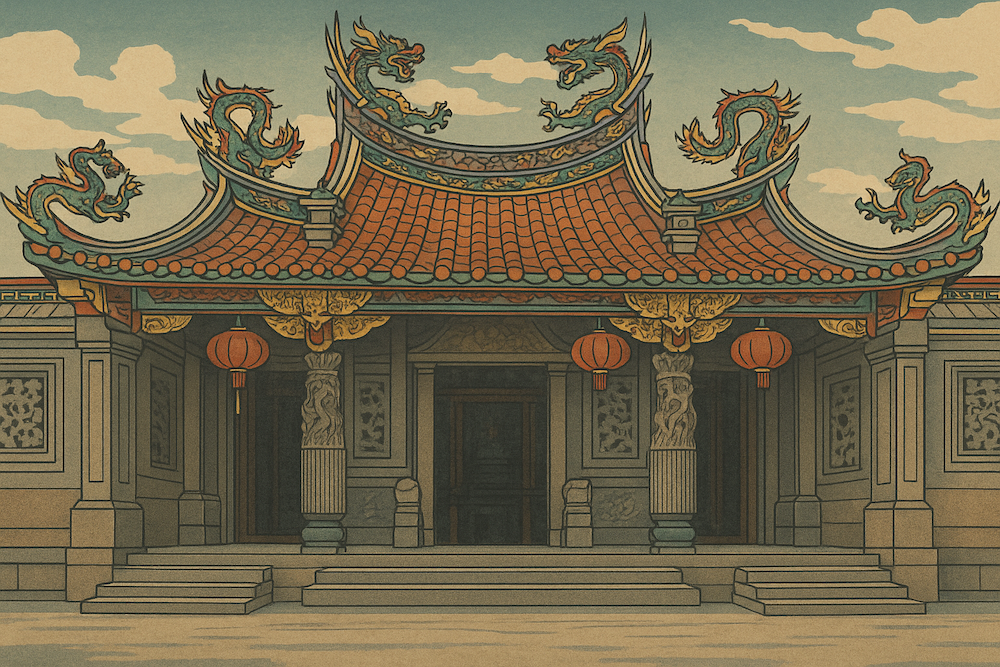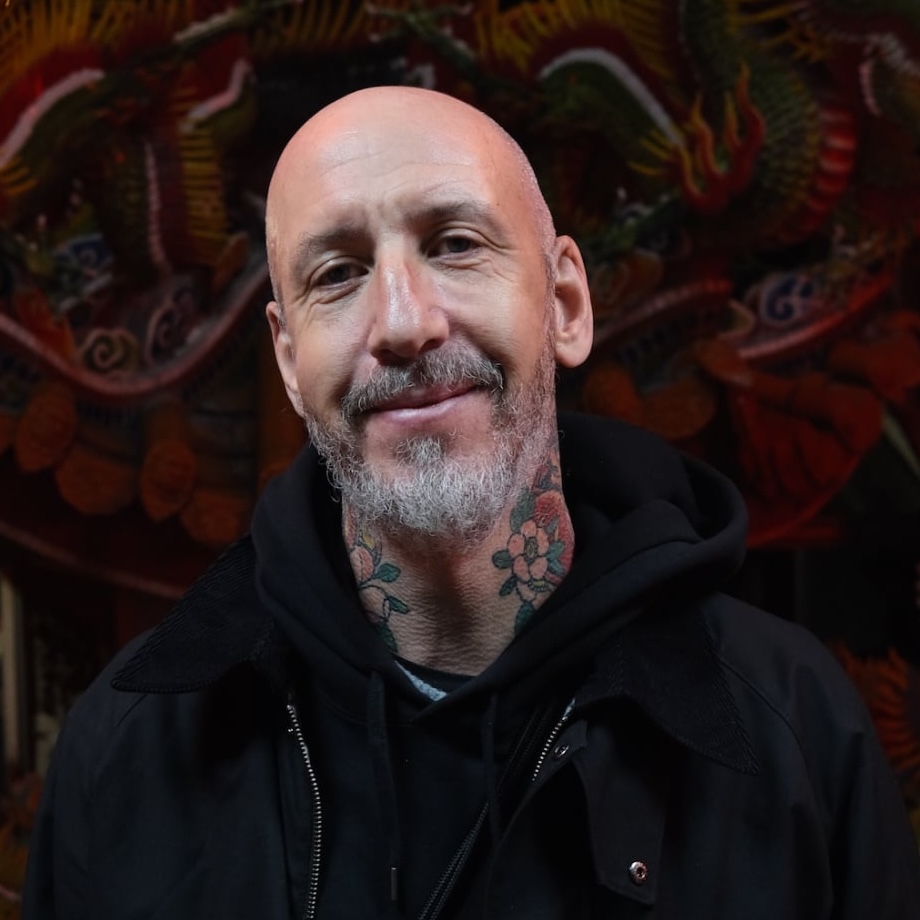
Sometimes old books get treated like sacred relics. But what if the Nei Jing isn’t a mystery text at all? What if it’s closer to a well-worn how-to manual — a guide for the hands, a companion for the clinic?
In this conversation with Ethan Murchie, we explore the Nei Jing not as a theory to be memorized but as a craft to be lived. Ethan comes to this work through martial arts and manual medicine, where following the qi, unwinding entanglements, and listening through touch are daily practice.
Listen into this discussion as we consider what transmission really means, why clinical knowing often comes through the hands before the mind, and how the classics find their life not in libraries, but in the repetition of practice.
Ethan’s reflections remind us that medicine can be steady, humble, and deeply human — a craft that reveals more each time we return to it.
Follow the qi, the qi doesn’t lie.

Ethan Murchie
My name is Ethan Murchie, I have been practicing Chinese medicine and gongfu for thirty years or so. My foundational training was in gongfu and tuina with a focus on trauma and sports medicine. From this foundation I built a practice in family medicine using tuina, acupuncture, moxa and herbs.
From the beginning all my teachers, both martial and medical, stressed the importance of the Huangdi Neijing but finding ways to truly delve into the text was difficult.
I have spent the last ten years focused on acquiring language skills in modern and Classical Chinese, studying the text of the Neijing and related works and pondering how these ancient works find a place in the modern world.
I remain completely in love with the Chinese physical culture of gongfu especially the northern Chinese arts of xingyi quan, bagua zhang and taiji quan and I believe these practices offer a wonderful, unique and highly applicable window into the classical texts.